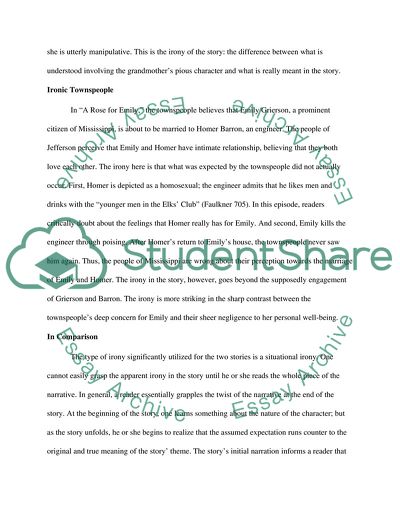Cite this document
(“Flannery OConnors A Good Man Is Hard to Find Essay”, n.d.)
Flannery OConnors A Good Man Is Hard to Find Essay. Retrieved from https://studentshare.org/literature/1574769-please-choose
Flannery OConnors A Good Man Is Hard to Find Essay. Retrieved from https://studentshare.org/literature/1574769-please-choose
(Flannery OConnors A Good Man Is Hard to Find Essay)
Flannery OConnors A Good Man Is Hard to Find Essay. https://studentshare.org/literature/1574769-please-choose.
Flannery OConnors A Good Man Is Hard to Find Essay. https://studentshare.org/literature/1574769-please-choose.
“Flannery OConnors A Good Man Is Hard to Find Essay”, n.d. https://studentshare.org/literature/1574769-please-choose.


